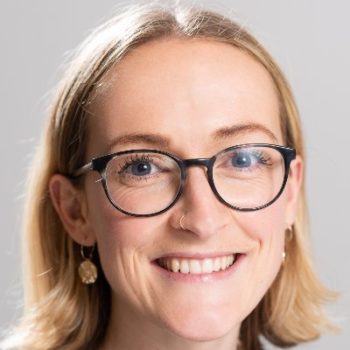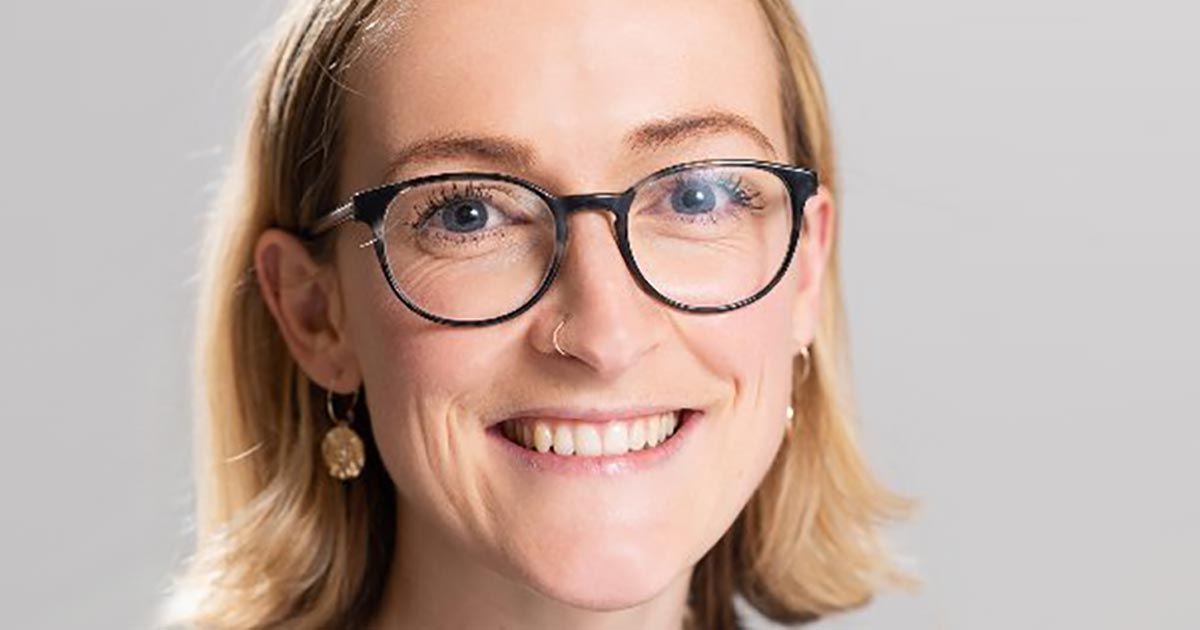Following my previous blog on vet nurses who are completing PhDs, I now have the honour of sharing their journey from RVN to PhD. This, I hope, will offer you some insight into how you get into academia, what the funding options are, and what do you actually DO every day as a PhD student.
Thanks to Fraje Watson who has shared her journey to an amazing project that really shows how you can use your RVN qualifications to get where you want to be…
Fraje Watson MRes BSc (Hons) RVN – clinical biomechanics
Where are you now and what are you doing?
I’m a third-year PhD student at University College London. In non-COVID times I’m usually based at the Royal National Orthopaedic Hospital in North West London a couple of times a week.
My PhD is titled “Towards measuring dynamic spinal balance with wearable activity trackers”. I’m looking at using wearable devices to measure balance in children.
Brief story of route from RVN to PhD scholar
I qualified in 2012 and got my BSc in 2013, both at the RVC. I went straight to referral veterinary nursing, and got a job at Fitzpatrick Referrals Orthopaedics and Neurology.
 I realised my favourite part of my undergrad had been my dissertation research project, so I looked into getting further research qualifications and experience. I credit Sue Gregory at the RVC for helping me get that research published.
I realised my favourite part of my undergrad had been my dissertation research project, so I looked into getting further research qualifications and experience. I credit Sue Gregory at the RVC for helping me get that research published.
I started an MRes at the RVC part-time while still working full-time in referrals, which I did between 2015 and 2017. I was supervised by Clare Rusbridge and Holger Volk, who were so supportive – and I think it was Clare who first suggested I continue to PhD level.
I applied to and interviewed for quite a few PhDs that interested me, but I was disappointed to find a lot of veterinary research degrees stipulated the need for MRCVS status. I was lucky enough to secure a funded position found through www.FindaPhD.com
What is your current work day like?
My day involves mostly sitting at my dining room table opposite my partner as we both work from home. My lab shut in March, and, at the moment, you’re only allowed on-site to carry out specific research. I’m hoping to get in the lab to do this kind of thing in the next couple of weeks.
During my time at home I’ve been writing papers, analysing data and applying for ethical approval from the NHS to run a clinical study. I’m hoping we’ll be able to start next year. I’ve also taken the opportunity to attend some online courses and am helping teach on a Master’s student module this term, so I’ve been preparing online material for that.
I have some lab equipment at home with me so, occasionally, I’ll be walking up and down my flat with wearable devices attached to me, trying to make something work the way I need it to.
Peak and pit of a PhD student life?
The pit has definitely been lockdown – how could it not be? A lot of academia and research involves talking to and working with others to help and advise each other, and so that natural collaboration has been lost somewhat.
My peak was completing my first data collection. A lot of learning and planning had gone into it and it felt like a big achievement to get under my belt.
It was quite an intense period of about two weeks spent in the gait analysis laboratory with the technician Olivia, seeing different participants morning and afternoon continuously. I’ve since been able to present data from that at national spinal and engineering conferences.
What are your future plans?
My plan is to stay in academia. Short-term I’m focusing on finishing my PhD and applying for some funding that will hopefully keep me employed immediately after that to continue working on my current project.
Middle-to-long term I can see myself in a lecturer position. I’ve enjoyed the exposure to teaching and supervising students that I’ve had so far and I’d enjoy doing my research alongside that.
I’m open to working in the veterinary or human medical sector (or both), as long as there’s a clinical aspect to my research.
Funding
Royal National Orthopaedic Hospital A T Fripp Fund (applied to and won by my supervisor)
I’m funded by the Royal National Orthopaedic Hospital charity, which means they pay my course fees, research costs and I receive a stipend to cover living costs.
Application process
Applied via www.findaphd.com, I had to provide my CV and a cover letter, and was invited to interview.
The interview was about 30 minutes with my two supervisors at the hospital. I believe they were interested in two candidates that day (one more engineering focused and one more clinically focused, which was me) and so they applied for some extra funding at the last minute so that they could have us both.
So, there was an anxious two-week wait when I knew they were keen to have me, but didn’t know if they’d get the funding. Luckily they did. 😊
Top tips to find further study options
FindaPhD.com also shows masters and other postgrad options so, if you are interested in further study, check it out.
Twitter is the academic social media platform, so check out PhD hashtags and accounts. I found my PhD on Twitter!
Your PhD team
Fraje demonstrates here that your PhD team are key to your success; she has been supported by a variety of people. While a PhD is often described as a lonely path – as you are the only one “doing” your subject – you still need a team of people.
In clinical work you need a technical team as well as an academic team. For me, in history I have a skills team – people that can share skills I need, even if their subject areas are not similar to mine.

Leave a Reply